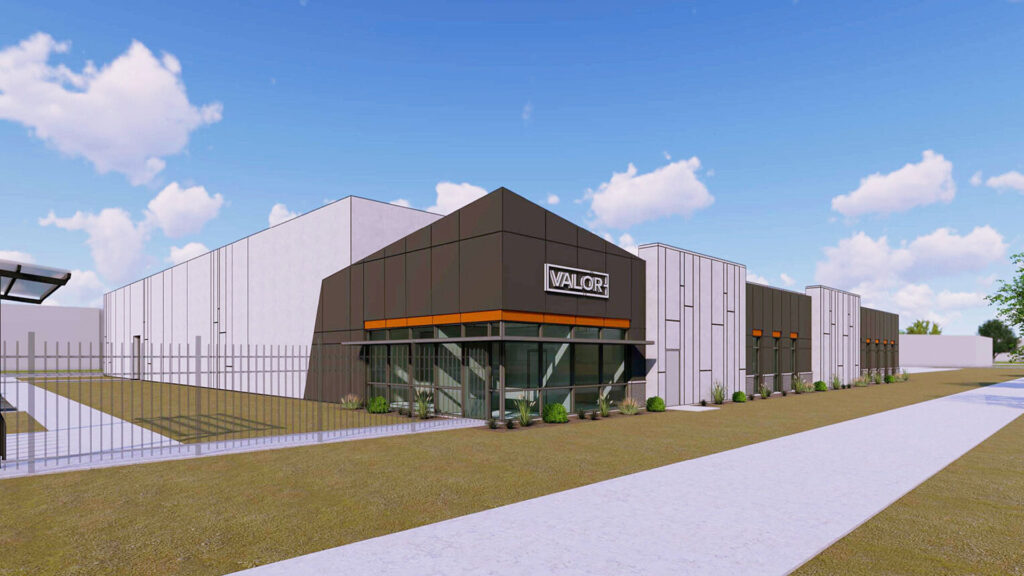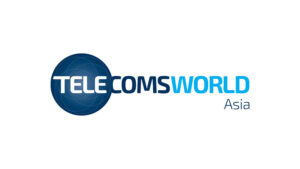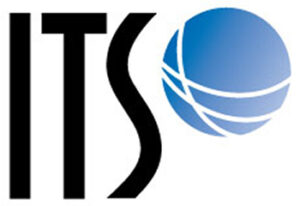In 2019, a set of key phrases stood out in a year of immense change: the rise of Asia-Pacific, the rollout of networks, and the power of digital transformation everywhere. But the year got its real identity from a single number and a single letter put together: 5G.
Undeniably, this was the year 5G moved from marketing anticipation to real world (and commercial) deployment. Questions remain, however, on where it will go. Throughout the year, we were still debating how to monetize 5G and, in particular, how to develop use cases and even how it could offer unique value in the wider market.
One study advised providers to focus on clusters of uses to increase chances of success. But getting the right applications may require more discovery than analysis if we recall what happened in previous technology generations. Is our thinking, however, simply limited at this point to what 4G delivered? Boundaries are still blurred. Perhaps experiences will be more important than actual connectivity parameters.
Industrial uses including automotive applications as well as consumer developments are already on the table. Consumer fixed wireless possibilities in the U.S. and elsewhere offer intriguing potential. There was a wider strategic point here: could 5G help telcos to regain lost markets in Internet access? Everyone was keen to boil down what could be a significant industrial evolution to a series of simple, if profound, steps.
Costs, we generally agreed, were going to be high, but so are expectations, especially in the Asia-Pacific. An explosion in 5G traffic was expected in South Korea where regulators doubled the spectrum availability in anticipation.
Spectrum demands for 5G were indeed in focus throughout the year and underlined in the WRC-19 intergovernmental meeting in Egypt. The meeting ended after agreeing on more spectrum for 5G and new international rules for satellite mega constellations. Was everyone satisfied? Some providers were enthusiastic on Ka-band extension agreements. But rumbles continued as international weather agencies said observation facilities would be compromised. As we saw in PTC overviews, this is a long game for everyone, and WRC-23 is the next milestone. As the year rolled to its end, further spectrum auctions in many countries were on the table. This clearly is an ever-evolving process.
Satellites and Space
Speaking of satellites, growth continued during 2019 as a general and global rebound in space spending entered another year. But some argued that a major new ecosystem is now evolving in the space industry quite distinct from the past as new players and applications become possible. New markets lie ahead, particularly the prospect of substantial demand from in-flight connectivity. Technology predictions suggested new applications in tracking migrations of people and resources. There was increasing interest in precision farming techniques mediated via satellite.
Experts variously questioned the limits to AI in space and mulled cybersecurity challenges in orbit. There was renewed enthusiasm for innovation as a driver for space engineering. Some argued the new ecosystem, particularly in the LEO era, was in danger of becoming an insecure Wild West while others were concerned about regulatory balance in spectrum and technology choices. But satellite held out meaningful promise to connect the unconnected and the year saw new broadband services for remote areas in the Pacific. The ever-changing world of LEO constellation providers saw new cooperation plans after widespread predictions but also closures.
Subsea
The year saw big developments in long- and short-haul national and international systems as well as major upgrades, especially across the Pacific. We saw Google link the U.S. to Chile, the Manatua cable project get into full swing for connection of Pacific island states, and the Coral Sea Cable System supporting Papua New Guinea and the Solomon Islands completed. The INDIGO subsea systems entered service to link Australia, Singapore, and Indonesia. The Japan Guam Australia South (JGA-S) cable landed in Sydney. We saw what was claimed to be China’s first international point-to-point link to Singapore. There was activity on the Pacific coast of Latin America too. Systems being finalized included the JUPITER system linking the Philippines and the U.S., and the Southern Cross Cable Network NEXT came under contract.
We saw major capacity increases in existing systems such as SEA-ME-WE5 and elsewhere. Several current systems are in a state of near continuous expansion, bringing in connectivity to new areas. New Caledonia, it was announced, will get connectivity to the Hawaiki system.
New project activity is at full flow in each part of the implementation cycle. A South America to China cable system, dubbed the Asia South America Digital Gateway was reported to be under study. A Hong Kong to Cambodia link was also proposed, as was the H2 system between Hong Kong and Australia. But other systems attracted geopolitical controversy.
Data Centers
The continued expansion of data center capability during the year came as no surprise to anyone given the amount of data now generated by global economic activity. IT operations everywhere are increasingly switching to hybrid and multicloud preferences. We looked to hyperscale providers at the epicenter of tech innovation because business ecosystems will grow from them, and these ecosystems will burn white-hot in data activity. There were predictions that 90 percent of traffic could be based on cloud services as early as next year.
There seems to be no shortage of potential traffic drivers. The data center community already suggests cloud gaming is on track to be a major driver. Other “hot mixes” could be robotics or even an IoT/AI human augmentation.
Big acquisitions during the year reminded us that this is a business where international scale matters. Commentators say they sense a reconfiguring of priorities and networks. Sustainability issues have moved center stage for the community, particularly in Asia-Pacific where 55 percent of Internet users are located. Security issues also surfaced as experts predicted a convergence of physical and cyber solutions. Some experts thought that time as a service could be an important feature of data center futures where on demand and reliable service may be everything. The edge will matter in a scenario where data gravity seems to weigh on everyone.
Where is the Telco Going?
Unsurprisingly, perhaps, with so much talk of digital transformation, the future of the telco was a big, if complex, talking point in 2019, given the pressures of flat markets, high investment demand, and increased competition, particularly from the burgeoning OTT sector. For telcos, digital transformation is under serious consideration, although reorganization of many kinds seems inevitable. Some are already climbing the “transformation mountain” and, in the Pacific region, Spark in New Zealand and Telstra in Australia reported progress on big transformation programs.
The commercial pressures are intense, the requirements multi-dimensional, given emerging market demand and the need to encompass entirely new areas in AI and big data. Vendors suggested various strategies to leverage network capability. Against prevailing sentiment, some commentators were optimistic, arguing that operators were in fact better positioned than they (and others) may think.
Other strategies were on offer too. Mergers were attempted to gain market share and economies of scale. Some in Asia-Pacific failed, others saw a second life, and some attempted to win through legal process. Mergers apart, industry moves suggest more cooperation is inevitable, at least on specific levels. In China, infrastructure co-build looks to be a serious strategy in 5G rollout.
The Rise of Asia–Pacific
Inside the global ICT sector, it was impossible to ignore the impact of the Asia-Pacific, now the world’s largest regional economy, and one that could define the next phase of globalization. We saw an undeniable regional ICT hyperactivity continue and one that clearly could travel much further. On World Bank estimates, half of the top 10 places to do business globally are in the region. But the Pacific consists of highly diverse economies. Unsurprisingly, leading edge network build is surging forward but economic growth and greater empowerment will still need more connectivity, especially given over 1 billion people are in the 15- to 29-year-old demographic and represent a powerful driver for future demand.
But this is also a story of China’s rise in the region and its global impact. Market watchers estimated that, in 2019, China would spend 57 percent of its gargantuan tech spending of over a quarter trillion dollars on 5G. It is easy to see why experts during the year opined on China’s confidence in the global technology race. In the space sector, China was expected to continue its world-leading launch rate in 2020. Consultants asked if IoT was also a target of global domination for Chinese operators, prospectively a near USD 1 trillion global marketplace. At the consumer level, China’s population has, in little more than 10 years, become one of the powerful economic forces in the world.
These impressive statistics however were not just about technology or economics. We saw a continued geopolitical spill over involving Asia for global leadership issues from 5G procurement.
The Big Ideas
Inside and outside the region, it was a year of continuing big ideas – and big numbers. The World Bank said enabling more resilience in infrastructure would save USD 4.2 trillion currently lost in economic output in natural disasters. This means technology, a lot of technology. But the Asian Development Bank warned against assuming technology could do everything. Nevertheless, is a whole-of-government approach sorely needed in the digital arena? Surprisingly, one of the most ambitious plans was announced by regulators in the U.S. for advanced 5G networks in rural areas. Europe was also advocating similar ideas.
The digital divide for many has become a substantial gender-based divide too, with globally some 250 million fewer women using the Internet than men. In Africa, the gender gap has actually widened. We looked again to see how we could reach the United Nations’ Sustainable Development Goals (SDGs). SDG achievement remains problematic but some argued tools will be available.
Understanding these problems raises many and varied questions. How do we improve prospects for Asia’s women and girls and future-proof Asia’s workforce in digital disruption? Can we really turn the digital revolution into a development revolution? Asia-Pacific also sees extreme poverty, so do we now need smart resource management?
We saw good ideas for improving agri-business and avoiding a global water crisis. Digital finance was a prominent talking point in the development sphere as a foundation for empowerment. Globally, the numbers speak for themselves: there are 1.7 billion people without a bank account, but 1 billion of them have a mobile phone. The wider picture may see digital identification for individuals as a massively inclusive way of powering economic growth. Experts suggested, in Asia, digital financial literacy will be important.
Somewhat related will be smart city developments. Here, attention focused on the role of ICT networks to support them. Some proposed the development of “digital twins” to exactly replicate how they operate. There was renewed emphasis on how to build smart and sustainable communities in the face of climate change. One estimate sees digital devices consuming 20 percent of world energy resources as early as 2025, a clear indication that digital life is not without its costs.
Magic Technology?
Given all the options, which technologies should be singled out for attention? We were probably baffled by the choices on offer, and particularly the emerging combinations of pretty much everything over varying timescales with different (and unknowable) implications.
As an example, the 5G era seems increasingly meshed with IoT. We saw various projections with a particularly large impact in the Asia-Pacific. IoT might represent an opportunity for a trillion devices by 2035 even if others believe success may take years to develop. IoT is expected to support major digital transformation drives, but itself might be driven by many issues including sustainability and connectivity. Connected devices may be a very big deal in their own right, especially for those facing shrinking markets elsewhere.
Alongside this, AI probably became a boardroom issue in 2019, although commentators recognized its infancy and inability to scale in many applications. Development specialists asked if governments in the future will be able to stop the rise of malevolent or malfunctioning AI systems. There were guidelines for AI implementation underway. But one major entity reportedly planned to close its AI ethics initiatives. Nevertheless, it comes as no surprise that some now expect a wave of truly intelligent connectivity combining 5G, IoT, AI, and big data. It’s an explosion of possibility with enormous implications for the infrastructural sectors outlined above.
With such a vista in prospect, it was useful to reflect on a year of anniversaries: the digital networking age opened with the sending of the first ARPANET message in 1969. 50 years after the Apollo moon landing in the same year, we were finding new inspiration. Ideas about how we should understand the technology hype cycle and even how we should lead innovation surfaced during the year. Trend watchers looked to put emphasis on cybersecurity, edge computing, and mobile developments next year. Bold predictions were made for 2030 and a possible Internet of senses to blur the boundary between the physical and cyber worlds.
Outcomes may be uncertain, but in 2019, it was clear that innovation is not going to stop anytime, or anywhere, soon.






























